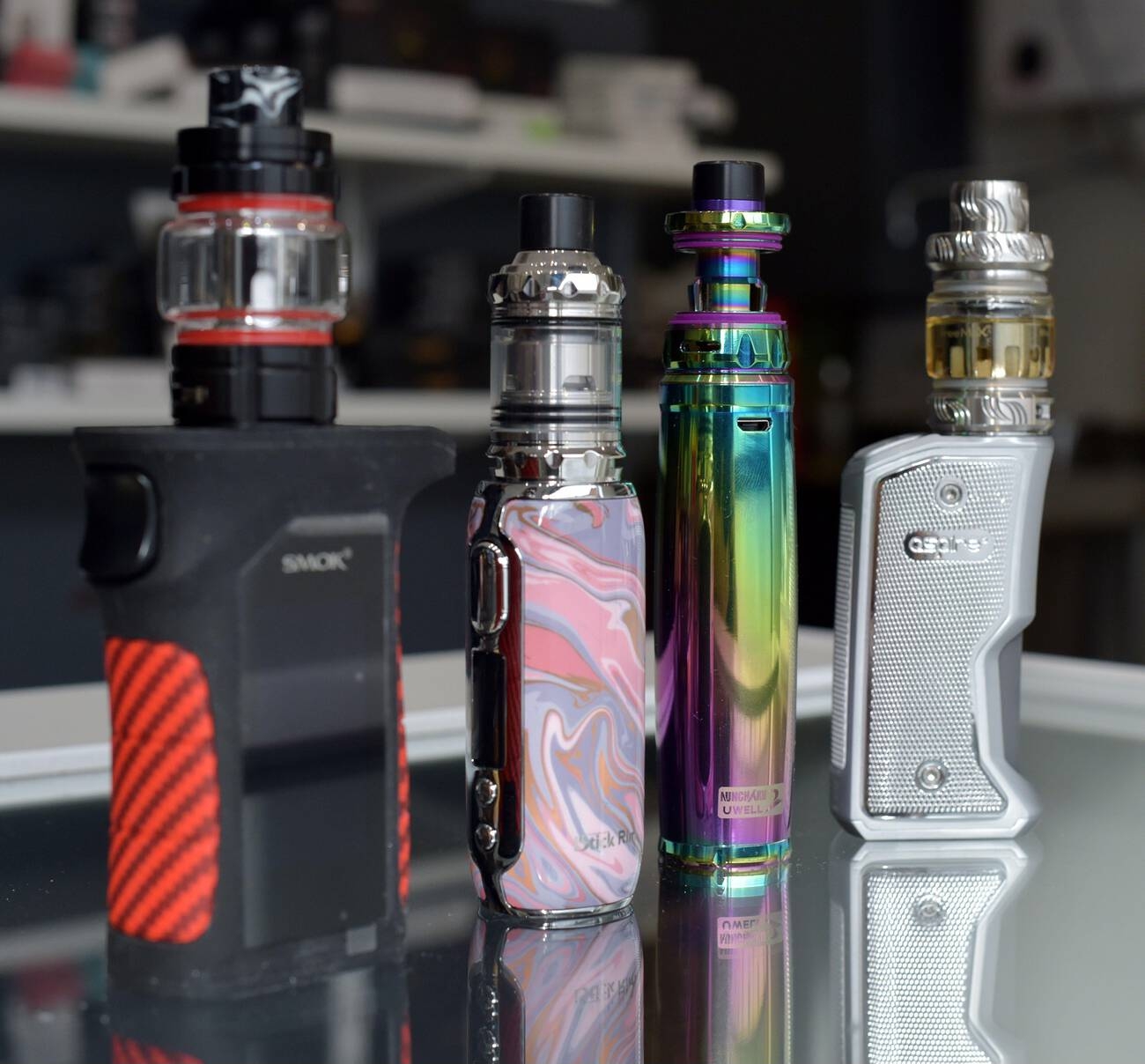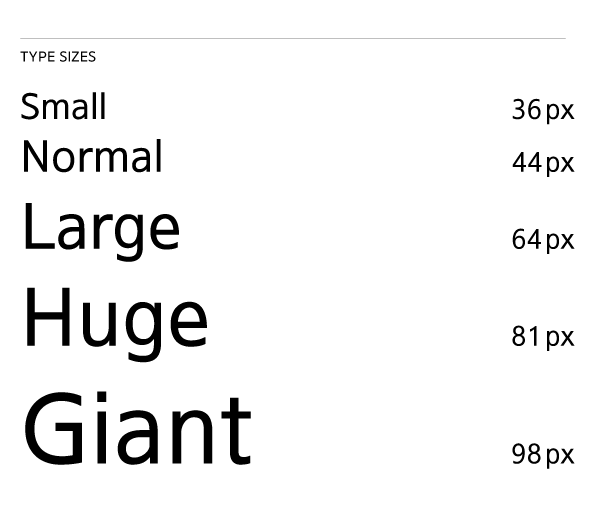Wondering about the financial investment required for a small graphic design? Look no further! In this article, we’ll break down the costs involved in launching your own graphic design venture. From the initial equipment and software expenses to marketing and office space costs, we’ll give you a practical overview of what to expect. Get ready to dive into the world of starting a graphic design business and budgeting for success!
Initial Equipment Investment
To start your small graphic design business, you’ll need to make an initial equipment investment. Equipment is essential for graphic designers as it allows them to create high-quality designs efficiently. The cost of the equipment will depend on your specific needs and budget. It is important to consider equipment depreciation and maintenance costs when making your investment.
Equipment depreciation refers to the decrease in value of your equipment over time. As technology advances, the value of your equipment may decrease, which could affect your overall business value. It is advisable to choose equipment that has a longer lifespan and holds its value well.
Maintenance costs are another factor to consider. Regular maintenance and repairs are necessary to keep your equipment in good working condition. This includes regular cleaning, software updates, and occasional repairs. It is important to budget for these costs to ensure the longevity and efficiency of your equipment.
When making your initial equipment investment, it is crucial to research and compare prices to find the best deals. Consider purchasing used equipment or leasing options to minimize costs. Additionally, explore warranty options and maintenance plans to protect your investment.
Essential Software and Tools
When starting your small graphic design business, you’ll need essential software and tools to complement your initial equipment investment. These tools are crucial for creating a professional design portfolio and managing your clients effectively. Here are four essential software and tools that you should consider:
- Adobe Creative Cloud: This comprehensive suite includes industry-standard software like Photoshop, Illustrator, and InDesign, allowing you to create stunning designs and illustrations.
- Project Management Software: To keep track of your client projects, deadlines, and deliverables, consider using project management software like Trello or Asana. These tools help you stay organized and ensure efficient client management.
- Collaboration Tools: As a graphic designer, you often need to collaborate with clients and team members. Tools like Slack or Microsoft Teams enable seamless communication, file sharing, and feedback, enhancing collaboration and efficiency.
- Font Libraries: A wide variety of fonts can significantly enhance your design work. Platforms like Adobe Fonts or Google Fonts offer an extensive collection of typefaces to choose from, allowing you to find the perfect fit for each project.
Investing in these essential software and tools will not only enhance your design capabilities but also streamline your workflow, making your small graphic design business more efficient and professional.
Marketing and Advertising Expenses
How can you effectively budget for marketing and advertising expenses when starting a small graphic design business? It’s crucial to allocate a portion of your budget to marketing and advertising in order to promote your services and attract clients. Here are some key expenses to consider:
- Social media promotion: Utilizing social media platforms like Instagram, Facebook, and Twitter can be an effective, low-cost way to reach your target audience. You may need to invest in social media management tools or paid advertising to maximize your reach and engagement.
- Print advertising: While digital marketing is popular, don’t underestimate the power of print advertising. This can include business cards, brochures, flyers, and print ads in local newspapers or magazines. Consider the costs of graphic design, printing, and distribution when budgeting for print advertising.
To help you understand the potential expenses and budget accordingly, here’s a table summarizing the costs of marketing and advertising for a small graphic design business:
| Marketing and Advertising Expenses | Estimated Cost |
|---|---|
| Social media management tools | $50 – $200/month |
| Paid social media advertising | $100 – $500/month |
| Print advertising materials | $200 – $500 (one-time cost) |
Office Space and Utilities
You can save money on office space and utilities by considering shared workspaces or working from home. Here are some options to help you cut costs:
- Shared office spaces: Renting a dedicated office space can be expensive, especially for a small graphic design business. Consider joining a shared workspace where you can share the cost of facilities and utilities with other professionals. This can provide you with a professional environment to work in without breaking the bank.
- Remote work options: With advancements in technology, working from home has become increasingly popular and feasible. By working remotely, you can eliminate the need for a physical office space altogether. This can significantly reduce your overhead costs and provide you with the flexibility to work from any location.
- Virtual office services: If you need a professional business address and occasional access to meeting rooms, virtual office services can be a cost-effective solution. These services provide you with a prestigious business address for mail and package handling, as well as access to meeting rooms on an as-needed basis.
- Energy-efficient equipment and utilities: Investing in energy-efficient equipment and utilities can help you save on utility bills. Consider using LED lights, energy-efficient appliances, and implementing energy-saving practices to reduce your energy consumption and lower your utility costs.
Professional Development and Training Costs
Investing in ongoing professional development and training is crucial for a small graphic design business to stay competitive in the industry. As a graphic designer, you should constantly seek skill enhancement opportunities to improve your expertise and keep up with the latest trends and technologies. This may include enrolling in online courses or workshops that focus on specific design software or techniques. While the cost of these programs can vary, you should allocate a budget for continuous learning and skill development.
In addition to formal training, networking events and conferences are excellent opportunities to expand your professional network and learn from industry experts. Attending these events allows you to connect with fellow designers, potential clients, and industry influencers. It also provides a platform to showcase your work and gain valuable feedback. Although the cost of attending conferences and networking events can add up, consider it an investment in your business’s growth and reputation.
To manage professional development and training costs effectively, research and choose events and programs that align with your business goals and budget. Look for free or low-cost webinars, workshops, or online resources that provide valuable insights and knowledge. Networking events can also be found locally or virtually, reducing travel and accommodation expenses. Remember, investing in your skills and expanding your network will ultimately contribute to the success of your small graphic design business.
Miscellaneous Expenses and Unexpected Costs
Managing miscellaneous expenses and unexpected costs is an essential aspect of running a small graphic design business. While you may have a budget in place for your initial startup costs, it’s important to also account for additional expenses that may arise along the way. Here are some miscellaneous expenses and unexpected costs to consider:
- Supplies and materials: As a graphic designer, you’ll need various supplies and materials to complete your projects. These can include paper, ink, software subscriptions, and hardware such as a computer and a tablet. It’s important to factor in the costs of regularly replenishing your supplies.
- Legal and licensing fees: Depending on your location, you may need to obtain certain licenses or permits to operate your graphic design business legally. These can include business licenses, tax registrations, and permits for using specific software or fonts. Additionally, it’s wise to consult with a lawyer to ensure your contracts and intellectual property rights are protected.
- Equipment maintenance and repairs: Over time, your equipment may require maintenance or repairs. This can include software updates, hardware upgrades, or fixing any technical issues that arise. It’s important to have a contingency fund set aside for these unexpected expenses.
- Professional development and training: In the ever-evolving field of graphic design, it’s crucial to stay updated with the latest trends and technologies. Budgeting for professional development and training programs, workshops, or conferences will help you enhance your skills and stay competitive in the industry.



